Ever since time immemorial, people chose to live beside a river. The river serves many purposes: a source of food and water, a means of transportation, a way of livelihood and trade. Generally, the soil near the river is considered more fertile and people time and again benefit from this by raising farms and animals near the riverbanks. Through the years, people rely on the river for these important functions.
In the 20th century, the increase in population and urbanization has resulted in a downright abuse of the river. In the Philippines, the economic situation has affected the landscape along the river systems. Being a Third World country, many poor people squatted along the banks of major river systems in Manila, building make-shift houses and shanties without proper garbage disposal system, drainage system, and private lavatories.
In the 20th century, the increase in population and urbanization has resulted in a downright abuse of the river. In the Philippines, the economic situation has affected the landscape along the river systems. Being a Third World country, many poor people squatted along the banks of major river systems in Manila, building make-shift houses and shanties without proper garbage disposal system, drainage system, and private lavatories.
Being poor, these squatters are largely ignorant of the eventual degradation of the rivers and esteros. Their main concern lay within the survival and well-being of the family and not those surrounding them. The government, for its part, failed to check this problem and allowed the squatters to multiply along the river banks. Furthermore, funds supposedly allotted to rehabilitate the river was pocketed by some corrupt government officials.
The increase in urbanization made the rivers and creeks serve other purposes, like becoming the dump site for the household refuse, a gigantic public lavatory, and eventually, sewerage and drainage system. The problem has remained unchecked until some civil and environmental groups started to notice the eventual degradation of the Manila river systems. The pressure from these groups led the local governments to take a first look into the already humongous problem.
The increase in urbanization made the rivers and creeks serve other purposes, like becoming the dump site for the household refuse, a gigantic public lavatory, and eventually, sewerage and drainage system. The problem has remained unchecked until some civil and environmental groups started to notice the eventual degradation of the Manila river systems. The pressure from these groups led the local governments to take a first look into the already humongous problem.
By then, it was already too late.
The households account for a major part of the pollution of the rivers. They throw their garbage to the river. The factories and refineries also account as major contributors to the pollution.
The households account for a major part of the pollution of the rivers. They throw their garbage to the river. The factories and refineries also account as major contributors to the pollution.
The Pasig River, for example, began to darken in the 1960s and people no longer use the water for drinking purposes since that time. By the 1970s, the Pasig began to emit a foul smell, and by the 1980s, fishing was already considered nonviable. In the 1990s, the Pasig River is considered one of the most polluted rivers in the world, and officially declared "biologically dead". In its death throes, the Pasig River became nothing more that a dark and foul waterway. It is now a stark reminder of human neglect, abuse and apathy.
The creeks that flowed to the Pasig River are no less polluted. The Estero de Paco creek that winds its course along the districts of Paco and Sta. Ana, is considered one of the worst esteros in the world. Not only is it "biologically dead", it is also now "biologically deadly". It has now become a source of disease and death. The piles of garbages, mixed with chemicals, human and animal excrements, have become a toxic environment for those living along it.
Hence, the river that once gave life to people, has already become its nemesis.
The creeks that flowed to the Pasig River are no less polluted. The Estero de Paco creek that winds its course along the districts of Paco and Sta. Ana, is considered one of the worst esteros in the world. Not only is it "biologically dead", it is also now "biologically deadly". It has now become a source of disease and death. The piles of garbages, mixed with chemicals, human and animal excrements, have become a toxic environment for those living along it.
Hence, the river that once gave life to people, has already become its nemesis.
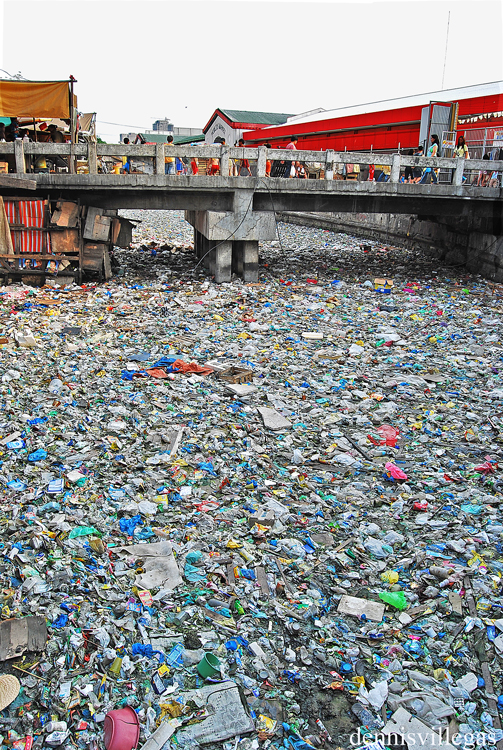
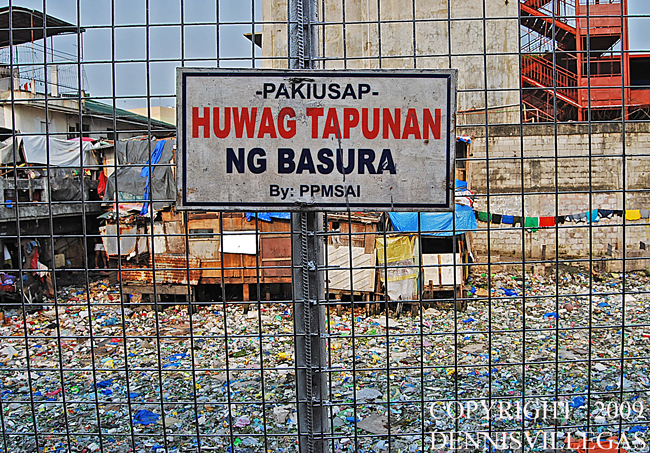
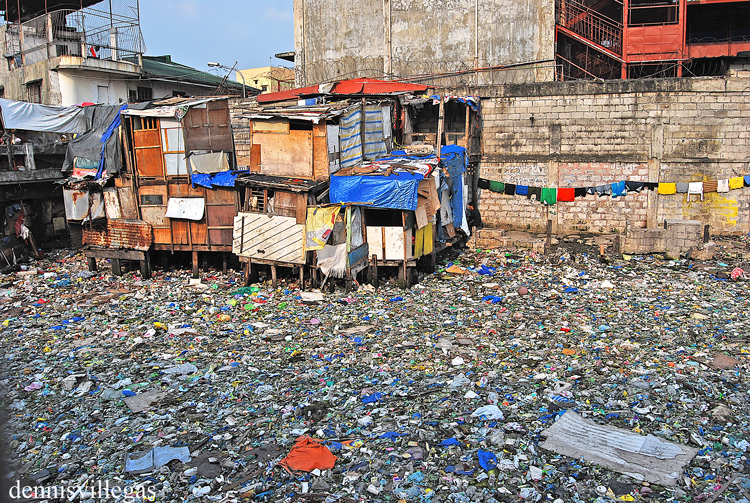
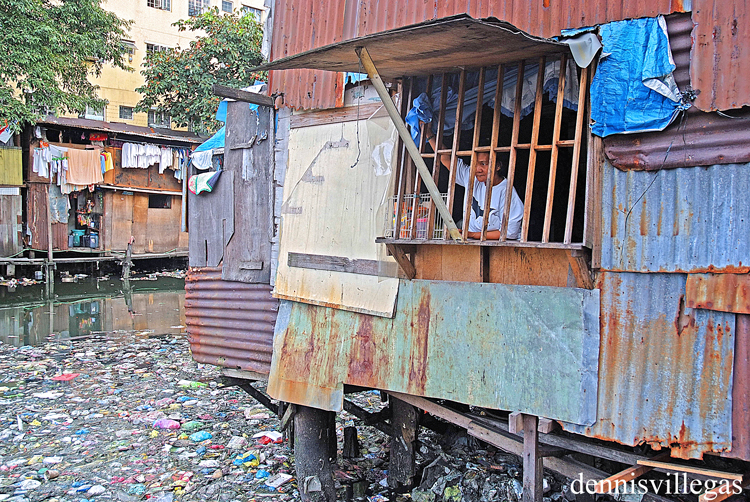
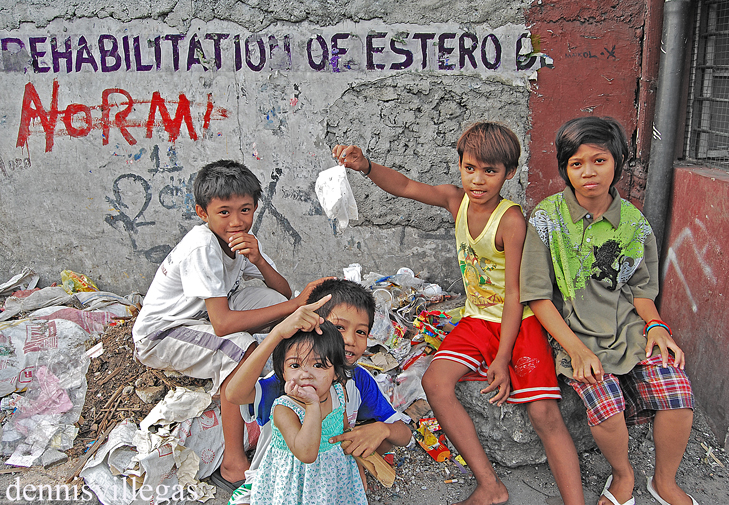
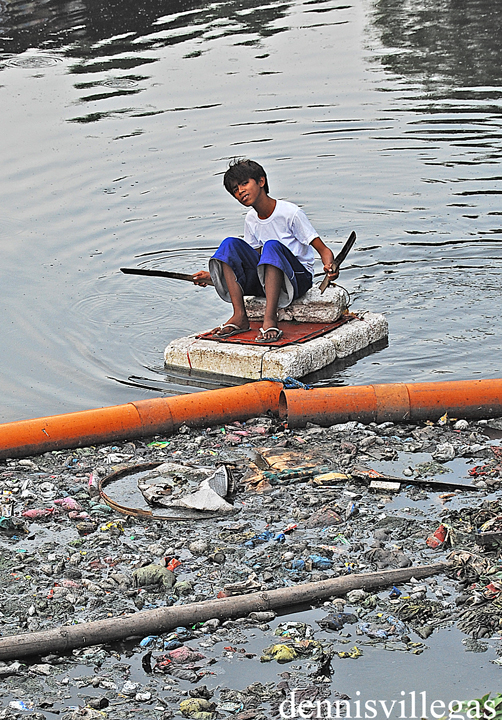
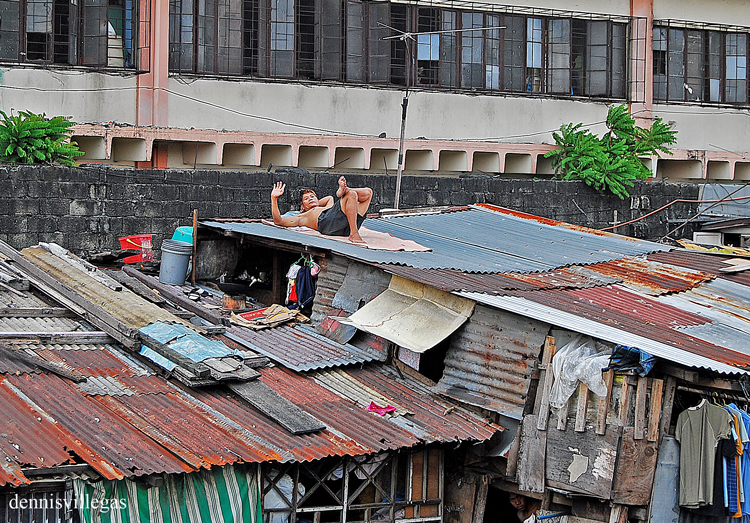
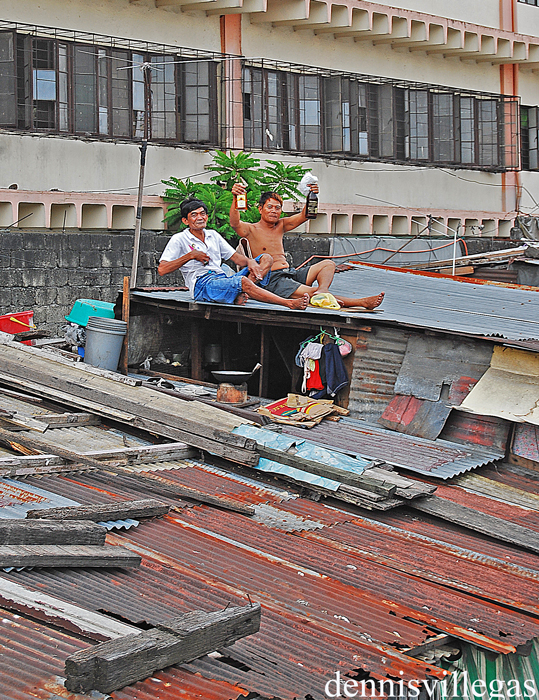
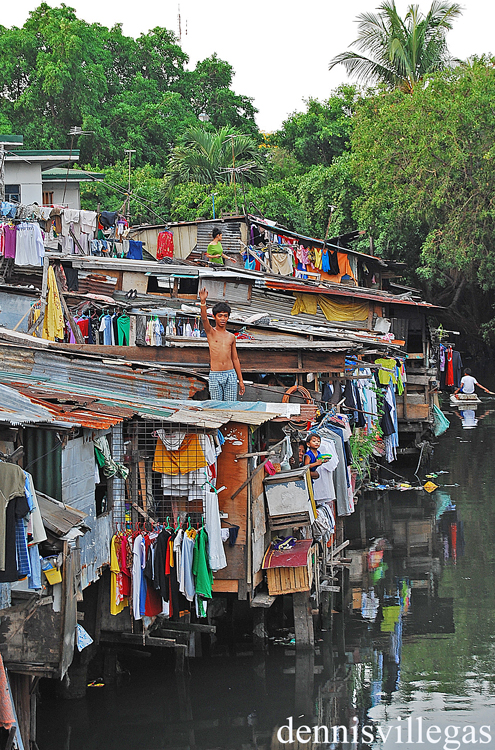
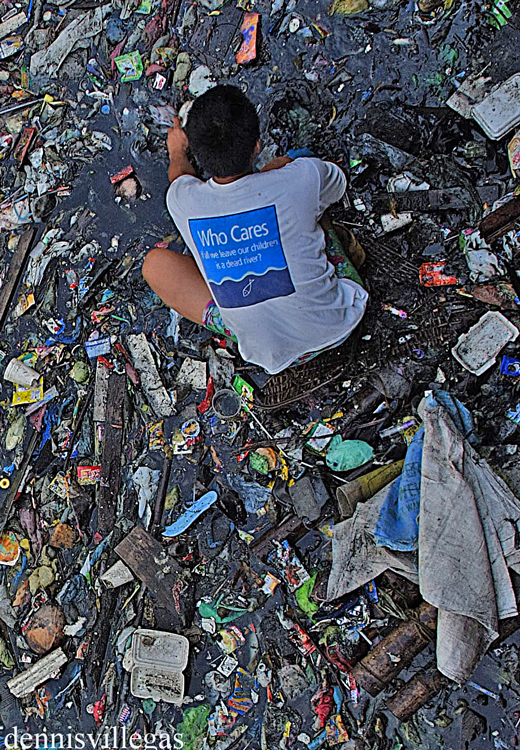
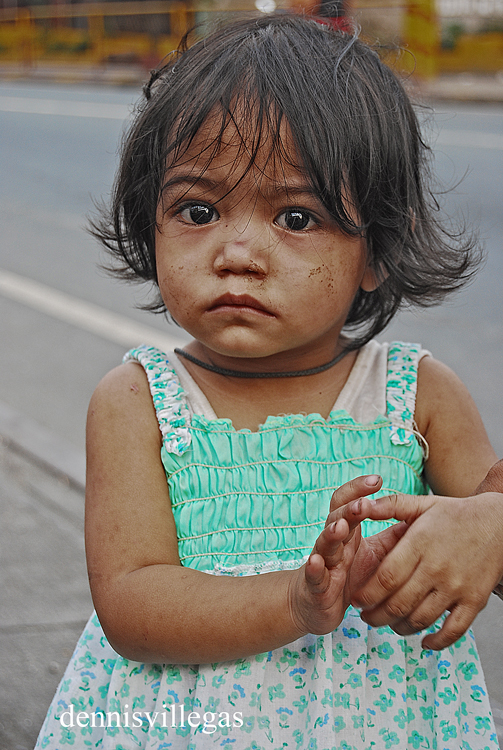
No comments:
Post a Comment